Bass, EP’s, perch and saratoga flies
{{start}}
{{end}}
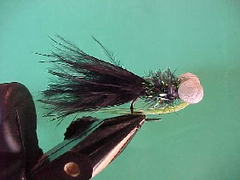
{{+1}}Bearded booby{{-1}}
{{start}}
One of the best search flies in slow moving or still deeper water using a sinking line ia a booby. As an alternative Boobies can also be fished as a semi-dry fly on the surface.{{end}}
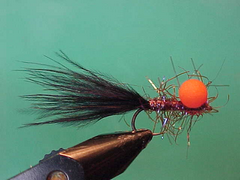
{{+1}}Straggle fritz booby{{-1}}
{{start}}
One of the best search flies in slow moving or still deeper water using a sinking line. If fishing from a fixed position cast it out, let the line sink to the desired depth, and then retrieve the line using a constant stripping motion, a pumping retrieve or a combination of both.{{end}}
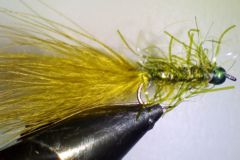
{{+1}}Straggle fritz bugger{{-1}}
{{start}}
'I switched to a slime line and put a Black Straggle Fritz Taddy on the point, kept the Damsel on the dropper and, due to the weed, discarded the top dropper completely. At the end of one retrieve I had a cracking take on the hang and bullied a near 5lb rainbow into the net.'{{end}}
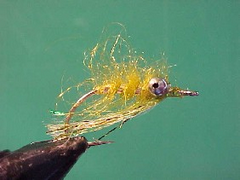
{{+1}}CNN – Chatto’s original{{-1}}
{{start}}
No this is not a fly promoted by a news network, rather the CNN stand for "Cheap aNd Nasty". I first tied this fly for use around structure where if you don't loose a few flies then your not in the game. The fly I had previously used in those situations was an estuary fly that cost between $2 and $3 to make. Doesn't sound like much but after 5 or 6 snags in a session you have to wonder. The CNN costs less than $1 to tie, is easy to tie and it works really well either fished alone or as a dropper fly behind a popper or beetle.{{end}}
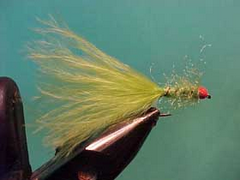
{{+1}}Fuzzel buggers{{-1}}
{{start}}
The finished fly has a sort of "halo" of loose fibres around the fuzzeled part of the fly and this can be very effective. I tie two versions. The first has no hackle and the second incorporates a soft hackle just behind the bead if a bead is incorporated in the tie but otherwise behind the eye of the hook. Both work well in different situations.{{end}}
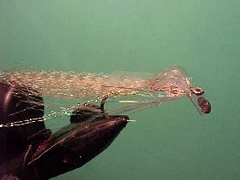
{{+1}}Wiggle smelt{{-1}}
{{start}}
At slow speeds of retrieve it does just what it is designed to do. It's light enough to cast on a fly rod and it swims with a true wiggling action. The down side of course is that if you strip too fast it does not have the weight to stay on track. As long as you keep that limitation in mind it certainly has its application.{{end}}
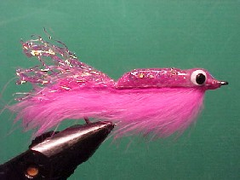
{{+1}}Zonker rattler{{-1}}
{{start}}
This fly has a number of particularly useful applications. For Bass and EP's and in discolored water it works well with a zonker strip back. In Estuaries it works well with a back of Super hair. As a prospecting fly it can be fished at a variety of depths. Perhaps the best method is to count the fly down and then jig it through the area you believe is holding fish.{{end}}
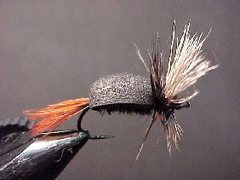
{{+1}}Bandit{{-1}}
{{start}}
If bass are not actively feeding they will generally sit deep and either in or close to structure and out of reach of dry flies and you'll find it easier to target them with a seductive wet fly fished deep and slow. When their active its a whole different story and they will be attracted to almost any surface disturbance.{{end}}
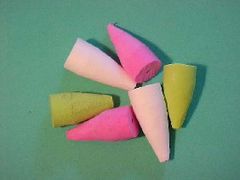
{{+1}}Articulated popper head – #8 weight estuary & native species{{-1}}
{{start}}
As a teaser a popper will often excite pelagics such as trevally and queenies and give you the chance to present a more conventional fly. These articulated poppers are as simple as it gets. Thread your tippet through the hole in the simple closed cell popper head and tie on any unweighted deceiver or thing or a dedicated popper tail and your in business.{{end}}

{{+1}}Floating yabby / crayfish{{-1}}
{{start}}
A floating yabby is a bit of an oxymoron but it does work. Fish it on a fast sink line and let the line sink to the required depth. When you pull the line the floating yabby will be pulled down. When you pause the yabby will rise. Bass love it.{{end}}













